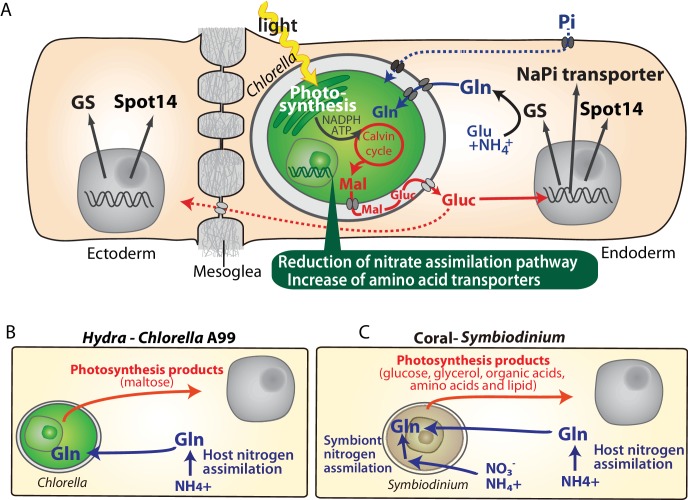Figure 8. Molecular interactions in the symbiosis of cnidarians.
(A) Summary of symbiotic interactions between Hydra and Chlorella A99. During light conditions, Chlorella A99 performs photosynthesis and produces maltose (Mal), which is secreted into the Hydra symbiosome where it is possibly digested to glucose (Gluc), shown in red. The sugar induces expression of Hydra genes encoding glutamine synthetase (GS), Na/Pi transporter (NaPi) and Spot14. GS catalyzes the condensation of glutamate (Glu) and ammonium (NH4+) to form glutamine (Gln), which is used by Chlorella as a nitrogen source. Since the sugar also up-regulates the NaPi gene, which controls intracellular phosphate levels, it might be involved in the supply of phosphorus to Chlorella as well (blue broken line). The sugar is transported to the ectoderm (red broken line) and there induces the expression of GS and Spot14. In the Chlorella A99 genome, degeneration of the nitrate assimilation system and an increase of amino acid transporters was observed (green balloon). (B, C) Comparison between Hydra-Chlorella symbiosis and coral-Symbiodinium symbiosis. Red indicates transfer of photosynthesis products from the symbiont to the host, and blue indicates transfer of nitrogen sources from the host to the symbiont. While the host organisms Hydra and coral can assimilate NH4+ to Gln (B, C), assimilation of inorganic nitrogen by Symbiodinidium plays an important role for the symbiotic system in coral (C).

